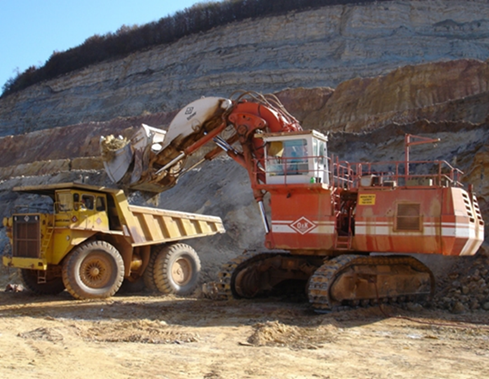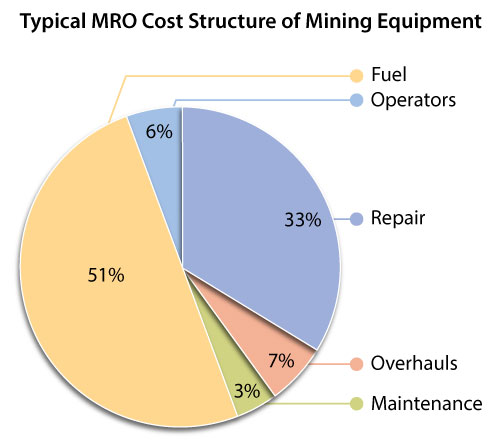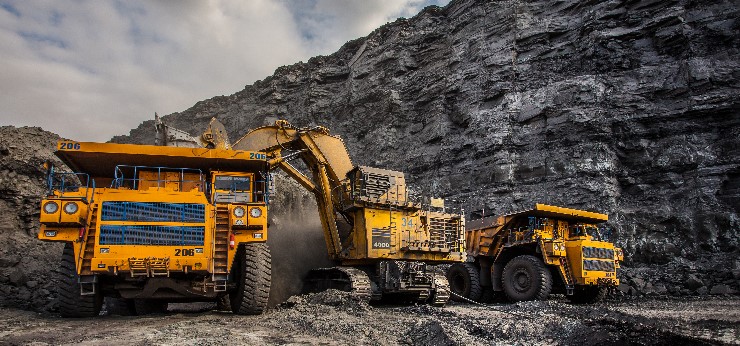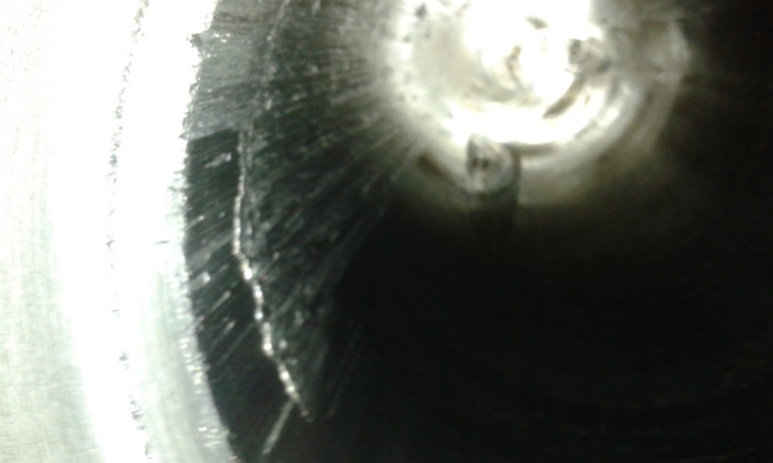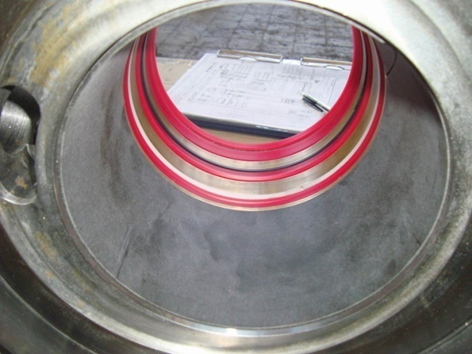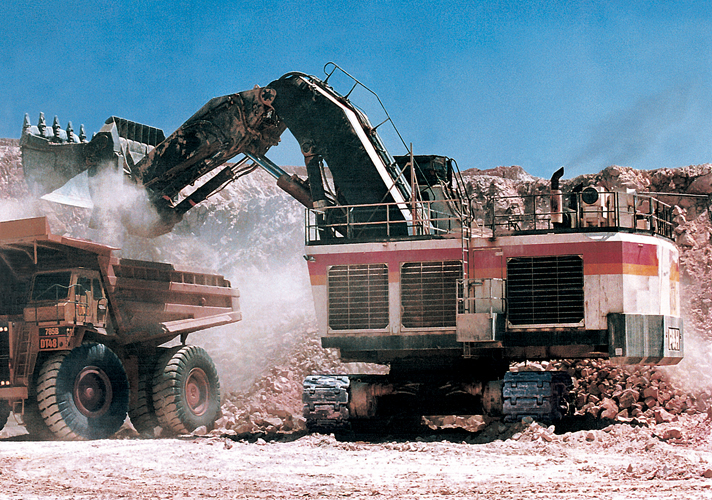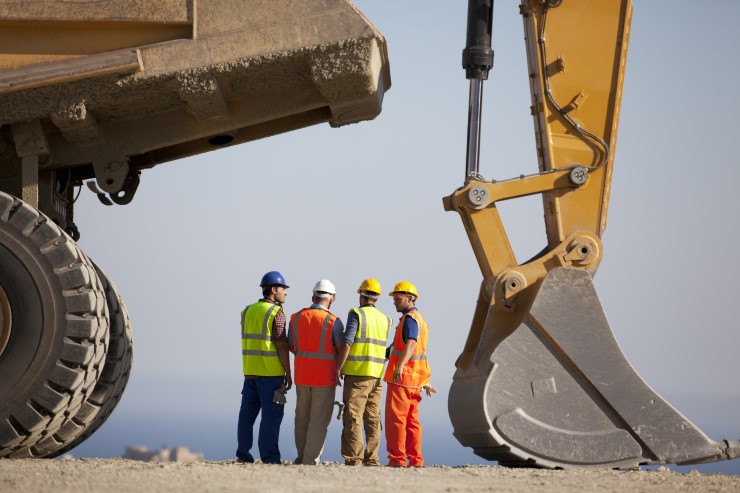
In the world of mining, hydraulic excavators are among one of the most important engineering innovations in a new generation of ultra-large “mega” mining machinery designed to increase output and expand production.
Because electric rope shovels and hydraulic excavators / shovels often serve and load as many as 8-10 mining haul trucks per day, unplanned shutdowns involving this equipment can cause a serious loss in mine production and operation profitability. In the age of mega mining equipment, this becomes more critical. A higher capacity per machine means that any downtime has an even bigger impact on production and financial losses.
In this post, we’ll outline the major steps you can take with hydraulic systems and cylinder sealing to maintain maximum uptime for mega hydraulic excavators.
1. Focus on Equipment Life Cycle Costs
The industry’s move toward mega mining equipment coupled with increased operational demands require mine operators to rethink their approach toward equipment failure. Instead of focusing primarily on the initial purchase price of the equipment, they need to step back and consider overall life cycle (or operating) costs.
The total lifetime operating costs of a piece of equipment can be 2-3 times higher or more than the initial cost of the equipment itself (depending on region, country, machine type, and operation).
The main elements of the after-purchase costs include:
- Operators
- Fuel
- Maintenance
- Overhauls
- Repair [1]
For mega hydraulic excavators, fuel costs are significant. But the next most costly expense is often repairs —fixing damaged/failed components to acceptable operation condition within a specified period (required repair time). This expense can typically be dramatically reduced with a focus on the long-term “wellness” of the hydraulic systems.
Hydraulic System Failure Modes
It’s first important to understand the failures typically seen with this equipment. There are two different failure modes for the complex, high pressure hydraulic systems that are found in hydraulic shovels/excavators:
- Chronic failure: Frequent failure with a short repair time. This involves typical component failures of fittings, tubes and hoses, valves and seals where continuous condition monitoring, inspection and replacement is needed to keep up the excavator operation. [2]
- Acute failure: Moderate frequency with a long repair time. This failure mode is the typical component failure of heavy duty hydraulic cylinders. Such acute failure has a significant impact on:
- The excavator’s reliability
- Availability for operation and productivity
- The overall repair cost of the machine
Chronic failures of hydraulic system components can be managed through regular maintenance and prevented by planned maintenance activities. However, acute failures of hydraulic cylinders determine the overall reliability and performance of the hydraulic shovels/actuators.
2. Plan for Hydraulic System Health & Efficiency
The hydraulic systems on enormous mining equipment are very critical and sensitive. They control the most important motions and functions including: digging, swinging, dumping, returning, and spotting. An examination of excavator operation shows that majority of the cycle time (40%) is spent on digging, while the rest cycle time is shared among swing (20%), dump (10%), return (15%) and spot (15%).[2]
Cycle time can be reduced by:
- More efficient digging (faster movement of the cylinders)
- Increased bucket payload (lifting force)
- Higher digging force (improved bucket penetration and bucket fill factor for higher efficiency).
The operating effectiveness and efficiency of this equipment correlates very closely to the reliability of its hydraulic system. In addition, the hydraulic system design and performance impacts the machine’s operating cost and, ultimately, its life cycle as well.
Hydraulic System Performance Factors
Hydraulic system performance, service life, and reliability is determined by several factors. Some of the most important elements include:
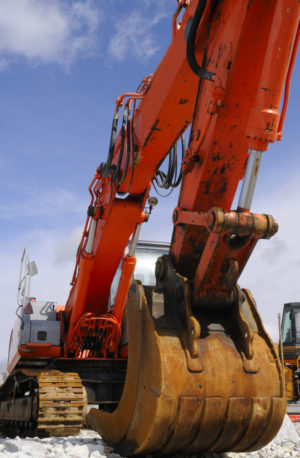
- System and component design
- Components used: including hydraulic seals and bearing components in the cylinders
- Hydraulic oil selected (weigh and viscosity index)
- Hydraulic oil quality monitoring and control, including filtration (for example, contamination in the form of solids, soft particles, or water)
- Changing oil condition (here we can distinguish between base oil degradation and additive depletion)
- Built-in cooling capacity (determines operating temperature and viscosity of the hydraulic oil during operation)
- Operating conditions and operating style (shock load on the machine and cylinders, which can cause potential pressure peaks in the hydraulic system and ballooning of the cylinders tube)
Reliability of hydraulic shovels/excavators is even more important given the fact that this equipment has limited uptime in general. The “effective” operating time for shovels/excavators is often not more than 60-70% of the uptime, since 30-40% typically involves walking maneuvers (repositioning of the excavator) and idle time (for example, waiting for a haul truck arrival).
Environmental Concerns
Environmental concerns and the environmental foot print impact of mining machinery are also a major factor in the overall operation of this equipment. The conservation and preservation of the environment is a major challenge for mines today and in the future.
In case of hydraulic systems, there are two areas of major concern:
• Direct impact: Possible leaking of hydraulic oil that might cause environmental and ground contamination
• Indirect impact: The hydraulic system’s efficiency has an impact on energy consumption and the level of emissions released from the diesel engines
3. Choose the Right Cylinder Sealing System
The reliability and performance of the sealing system essentially determines the reliability and performance of the cylinder. According to most of the records we see in the field, a sealing system’s low performance, malfunction, or failure results in acute failure of the cylinders the majority of the time.
The hydraulic cylinders in particular provide important functions in the machine operation:
- Boom cylinders for raising and lowering the boom
- Stick cylinders for extending and retracting the stick
- Bucket-roll cylinders for rotating the bucket
- Clam cylinders for bucket opening (releasing of material)
Increased operating demands on hydraulic cylinders steps up the stress on metallic and non-metallic components. These demands can include:
- Higher speed
- Higher load and pressure
- Poor lubrication by the hydraulic fluid
- Higher fluid temperature
- Excessive radial load
- Metal-to-metal contact between moving components of the cylinders
Properly selected seal components and systems can help to improve the cylinder and machinery performance.
Some examples:
- High-performance, thermoset polyurethane materials:
- Will help to improve high speed high operating temperature capabilities of the seal
- Can handle larger clearances and gap, thanks to their higher extrusion resistance capability
- Help improve pressure handling capabilities of the seals even at extreme system pressure and pressure peak values (caused by shock loads on cylinders)
- High-wear resistance polyurethane materials can:
- Reduce elevated friction-caused wear
- Reduce abrasion impact, caused by abrasive environments
- High-bearing, load capacity, non-metallic bearing bands will alleviate metal-to-metal contact and improve transverse force handling capabilities, prolonging the seal’s service life
4. Focus on Upgrades vs. Repairs
As we have already seen, hydraulic systems are complex. There are multiple interactions among the system components. The seals in the cylinders are not standalone components, but parts of a mechanical sub-system (cylinders) and a complete hydraulic system as well. With this in mind, we recommend a focus on upgrades versus quick repairs to achieve better long-term uptime.
Acute, catastrophic failure of the cylinder often generates a request for repair to restore it to acceptable operating condition in the shortest time possible. However, although the quick repair restores uptime, the technical standard, reliabilitym and performance of the cylinder will not be changed or improved at all. In fact, the likelihood of repeat failure is high, as is an even shorter service life.
In contrast, a cylinder upgrade raises the cylinder construction and sealing system to a higher standard, thus improving reliability, performance and service life. Ultimately, this effort will achieve more uptime over the long haul.
Troubleshooting of the failed cylinder and seals components will help to:
- Identify the root cause of the failure
- Understanding of the failure mode and necessary corrective actions
- Identify possible upgrade steps in metallic hardware of the cylinder
- Select the proper materials, profiles and set the best possible seal system up (in combination with operating conditions)
An upgrade process will typically include the selection and application of proper seal components. This provides a chance to build a seal system that ensures the cylinders can operate optimally in actual working conditions and manage higher equipment stress/increased workload. In most of the cases the properly selected seal materials, profiles and systems will automatically increase the cylinder’s reliability and performance. Proven high performance retrofit seals (retrofit seal kits) can provide significantly longer service life compared to standard items.
5. Work with an Experienced Cylinder Repair Shop and Seal Specialist
A successful cylinder upgrade requires close cooperation among the mine operator, cylinder rebuild shop, and seal specialist. A high level of engineering support is important. A well-established, reputable, and properly equipped cylinder repair partner is vital for the following reasons
• For most equipment, the cylinders are too large to work on in normal workshops
• Specialist tools are needed to remove pistons, glands and other components
• An internal, hard chrome plating shop can speed up repairs and provide proper quality
• Availability of special strip-down benches
• Availability of internal engineering and skilled specialist
Return on Investment
A well-planned and implemented cylinder upgrade program and an alliance with a proficient cylinder rebuild shop and seal supplier will help your mining operation better achieve its uptime and asset management goals. An effort to optimize the most critical, heavy duty hydraulic cylinders used in ultra-large hydraulic excavators can result in up to 15,000 + hours service life, doubling the experienced life time of OEM cylinders with original seal systems. [3]
Related information: Selecting the Right Retrofitting for Your Mobile Mining Equipment
